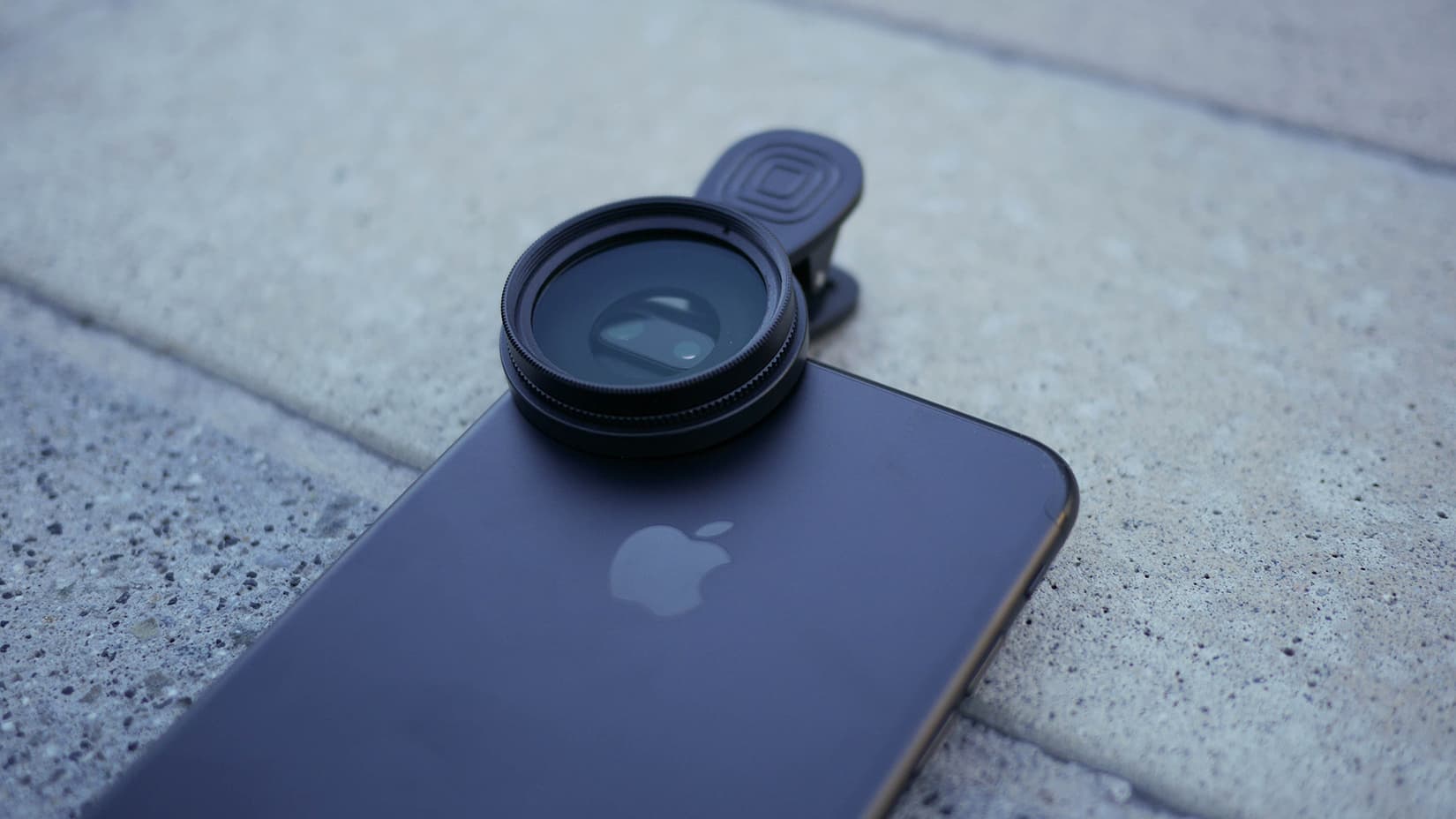
The rise of MySpace and Facebook internationalized selfies in the early 2000s, and the launch of Snapchat in 2011 marked the beginning of the iteration that we see today. In May of 1999, Japanese electronics manufacturer Kyocera released the first mobile phone with a front-facing camera, and selfies started to break out to the mainstream. The movement is rooted in Japanese “kawaii” culture, which obsesses over (typically girly) cuteness, and it developed when purikura-photo booths that allowed customers to decorate self-portraits-became staples in Japanese video arcades in the mid-1990s. These real-time video filters are a recent advance, but beauty filters more broadly are an extension of the decades-old selfie phenomenon. The result can be anything from changing eye colors to planting devil horns on a person’s head. Once that has been built, a universe of fantastical graphics can be attached to the mesh. A computer detects a face and then overlays an invisible facial template consisting of dozens of dots, creating a sort of topographic mesh.

They use computer vision to interpret the things the camera sees, and tweak them according to rules set by the filters’ creator. The rise of selfie cultureīeauty filters are essentially automated photo editing tools that use artificial intelligence and computer vision to detect facial features and change them.

And it’s all happening without much oversight. They are subjects in an experiment that will show how the technology changes the way we form our identities, represent ourselves, and relate to others. Researchers don’t yet understand the impact that sustained use of augmented reality may have, but they do know there are real risks-and with face filters, young girls are the ones taking that risk. The face filters that have become commonplace across social media are perhaps the most widespread use of augmented reality. “So if I’m not wearing makeup or if I think I don’t necessarily look my best, the beauty filter sort of changes certain things about your appearance and can fix certain parts of you.” “When I’m going to use a face filter, it’s because there are certain things that I want to look different,” she explains.


 0 kommentar(er)
0 kommentar(er)
